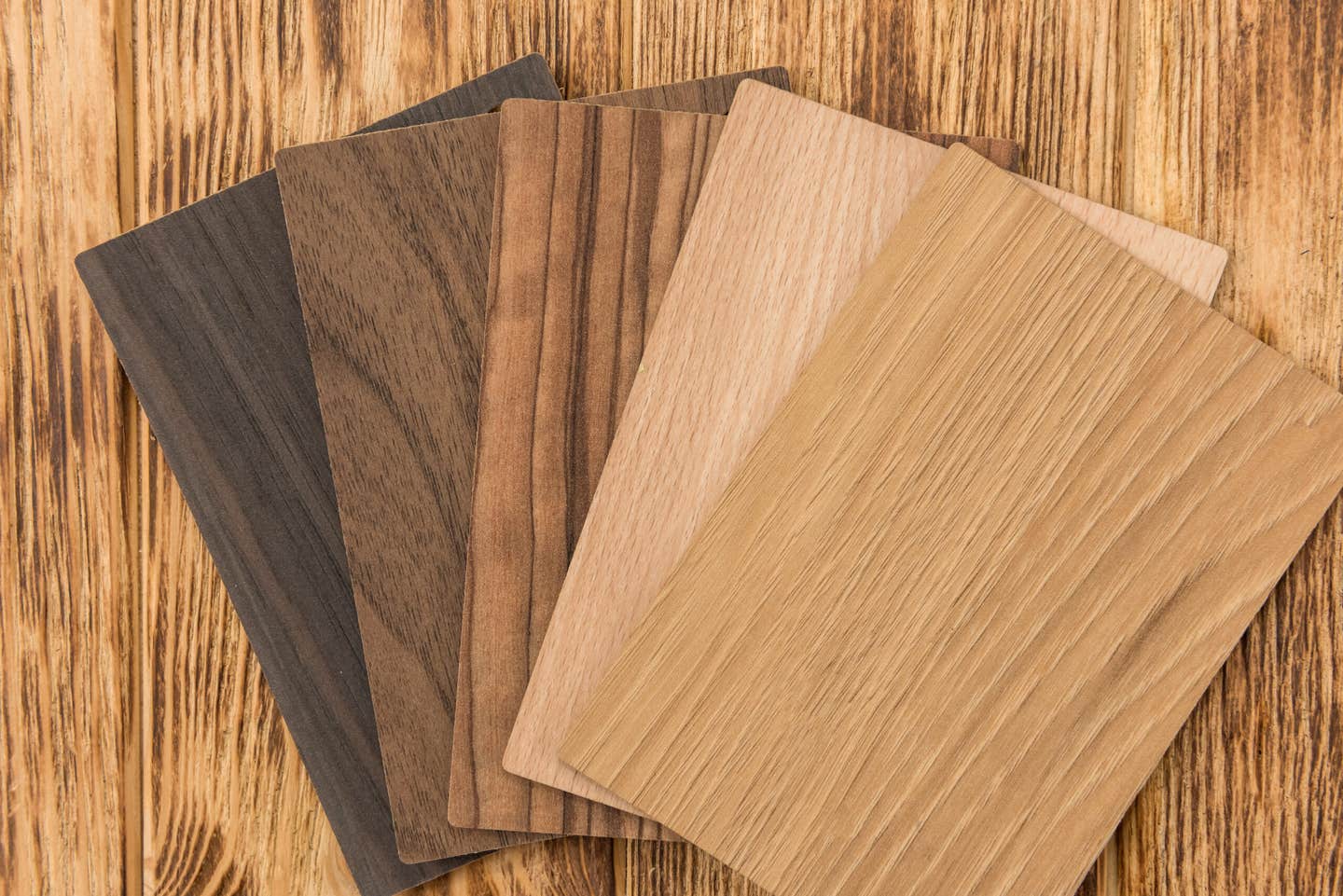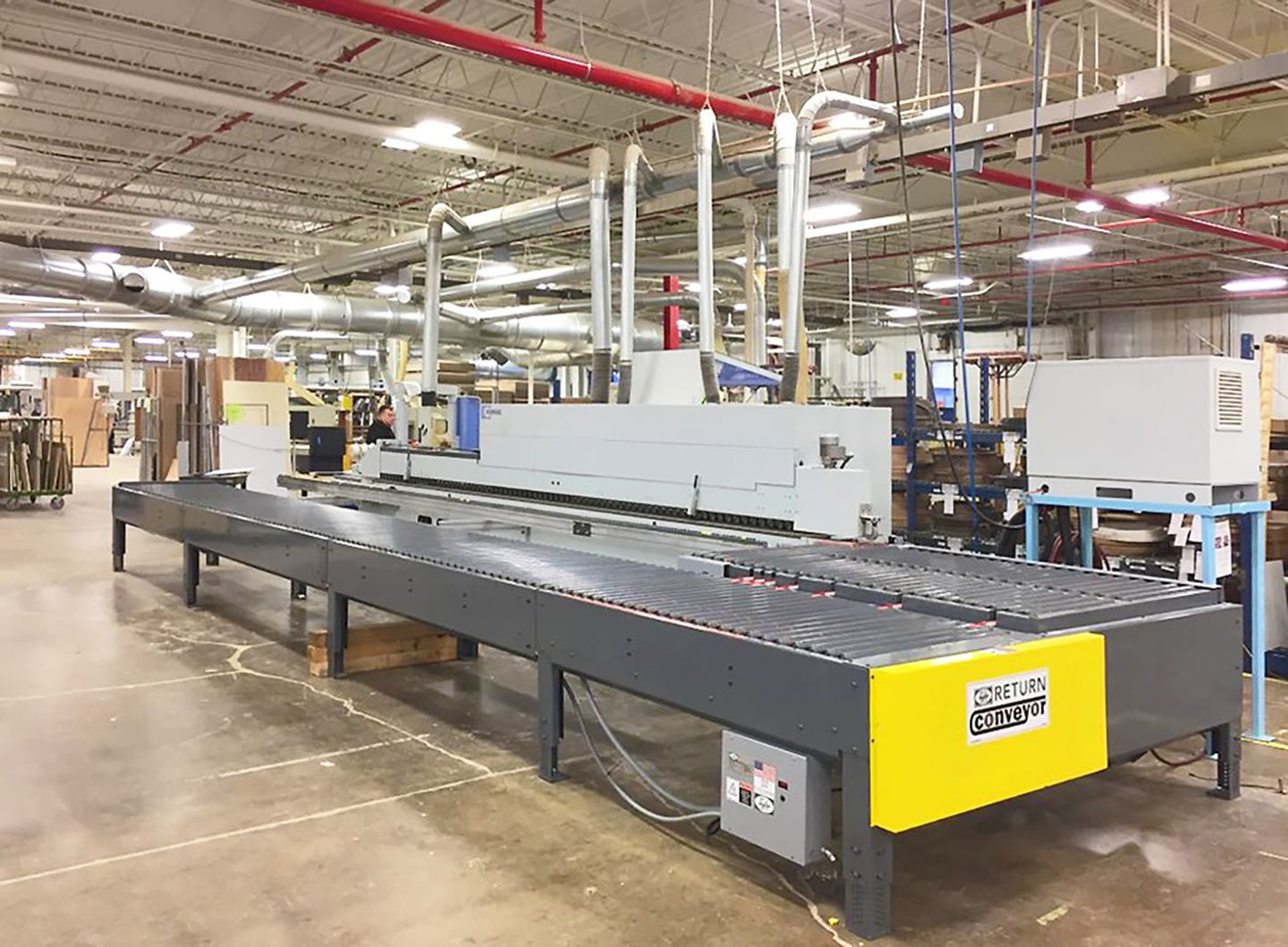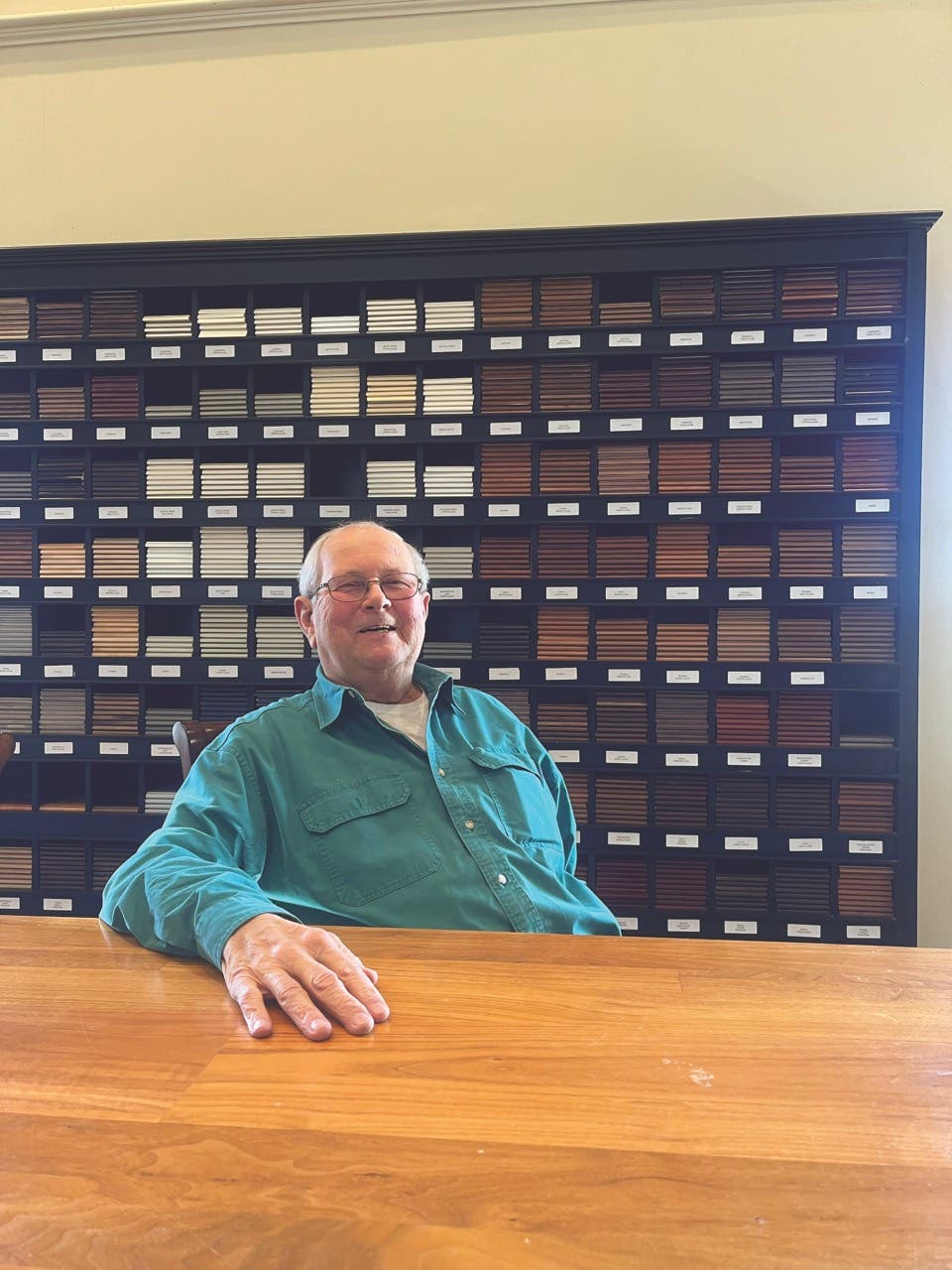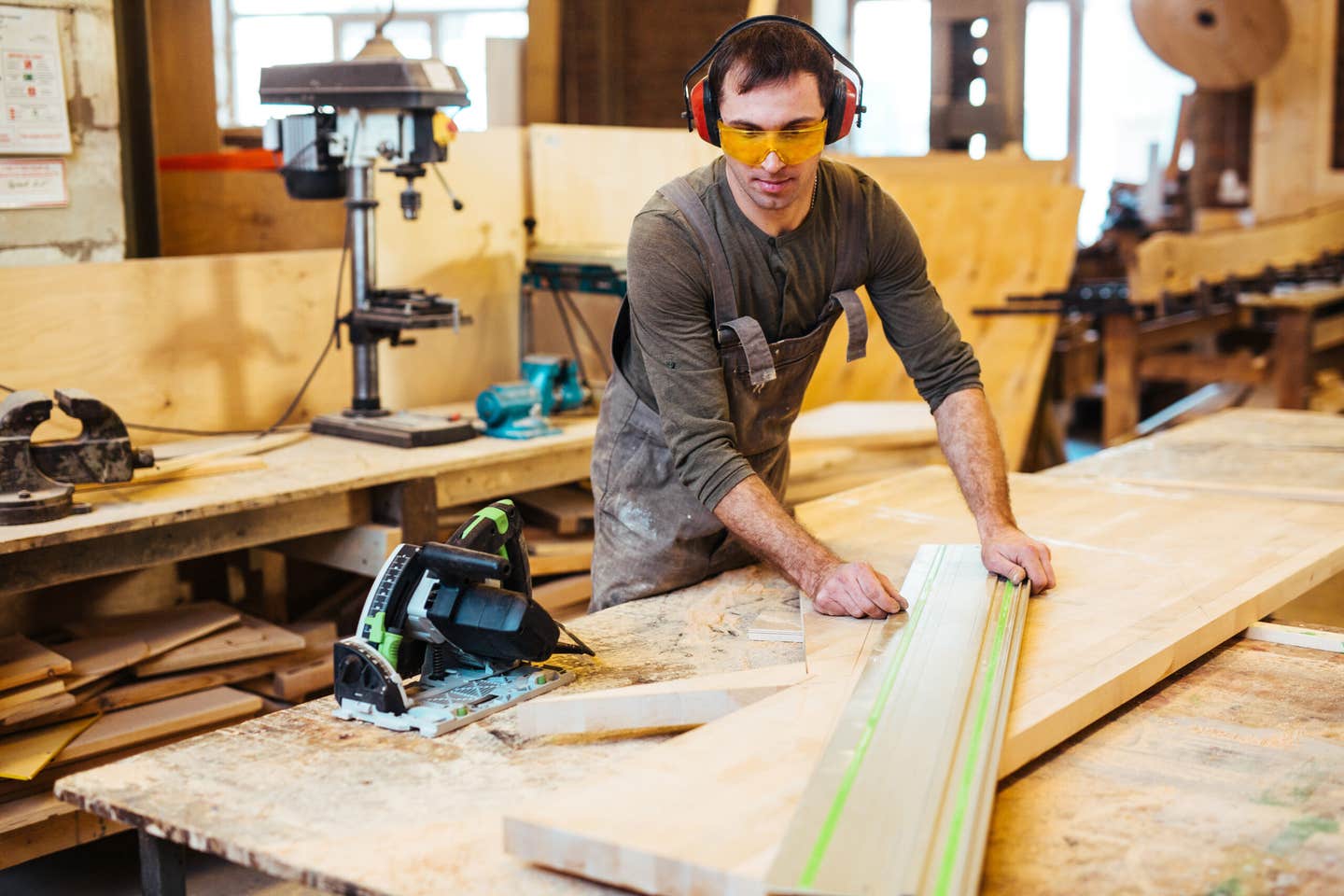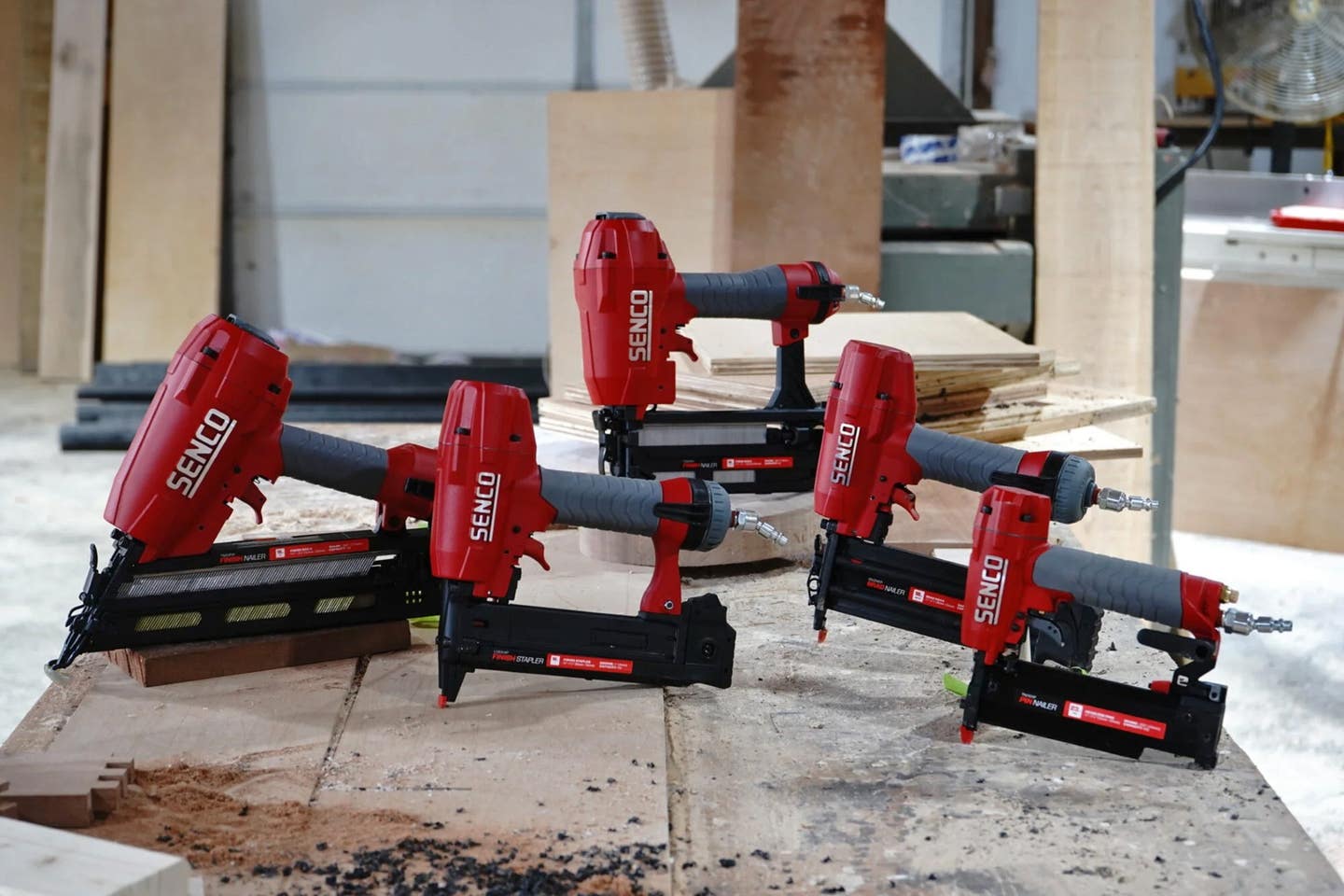Ready when you are
Suppliers of cabinet and furniture components are finally seeing better days. After some tough years, orders for doors, drawers and decorative elements are up (see sidebar), particularly from the small-…
Suppliers of cabinet and furniture components are finally seeing better days. After some tough years, orders for doors, drawers and decorative elements are up (see sidebar), particularly from the small- to mid-sized woodworking shops realizing the benefits of outsourcing.
“We are seeing an increase in orders for renovations and new kitchens. It’s very encouraging for us,” says Jeremy Funk, marketing manager at Elias Woodwork in Manatoba, Canada. “We like to think it’s because of our marketing, but I think the industry in general is picking up and the economy is turning around. The housing market is really picking up and renovations have continued to be strong. We’re seeing lot of new projects coming on, especially on the commercial side, where we hadn’t seen much happening for a while.”
Glazed cabinet doors have been a top seller, according to Funk, who says that doesn’t surprise him.
“The biggest advantage of outsourcing that we notice — and we’ve been in business for 30 years — is that prefinished products are a lot more sought after than they used to be. Shops are dealing with a lot of new finishing regulations and it’s easier for them to outsource that end of their business. Also, a lot of shops have had to downsize these past few years and, now that they’re busy again, outsourcing allows them to keep pace with the volume of new work coming in.”
New possibilities
Jim Cover, owner of The Artisan Shop in Loveland, Co., feels that outsourcing products is particularly beneficial to shops that might not have an abundance of high-tech tooling and equipment.
“Outsourcing makes it possible to do more products that are more complex. By partnering with high-tech outsourcing providers, you can pull in things you wouldn’t be able to make normally and it makes you look better,” says Cover, citing his favorites, such as Adams Wood Products, Osborne Wood Products, Enkeboll, and Glacial Wood Products.
“We, as cabinetmakers, like to be more independent. Everyone likes to be in control of everything. We do a lot of our own cabinetry here, but we outsource turnings, corbels, carvings and special moldings. Over the past couple of years we have found that sometimes the smaller outsource providers are a little more flexible with us. They don’t require us to order as many batches of products and can make them quicker in smaller quantities,” he adds.
Made to order
David Bell, of Drawer Box Specialties in Orange, Calif., says a major advantage of outsourcing is having a completely manufactured product — with edgebanding applied, for example — delivered and ready for installation.
“Using premanufactured drawer boxes improves a shop’s efficiency, allowing it to get orders out faster and complete more jobs. That’s a trend we’re seeing as things pick up around the country,” he says.
The company’s extensive offerings include corner drawers, pull-out waste receptacles, utensil dividers and spice holders.
“These are all popular value-added things for people upgrading and remodeling their kitchens. Cabinetmakers are looking for ways to differentiate themselves and showing their clients these many special features can be a wow factor when presenting a kitchen to them,” Bell adds.
Shorter lead times
Osborne Wood Products in Toccoa, Ga., offers a huge selection of decorative components, such as kitchen island legs, table legs, corbels, vanity legs and table extension slides. Traditional, Mission and fluted designs are the big sellers, according to company spokesman Lane Taylor.
“We’re seeing see a lot of decorative corbels going out. I think the economy has something to do with it. There’s a lot of new construction going on with existing homes. Many of the baby boomers are renovating their current homes instead of selling them as a less expensive way to upgrade their living situation for their retirement years,” says Taylor.
“We’re also getting a lot of requests for hard maple because you can paint or stain it, so there’s a lot of versatility there. Some want walnut and cherry because they speak to some of the current trends with kitchens. Others want soft maple for painted kitchens.”
One of the biggest advantages of outsourcing is shorter lead times, according to Taylor.
“Often times, we’ll make and ship a product the day it’s ordered. We also have the capability to produce hand-carved items as well.”
Consistent quality
Stewert Thompson, general manager at CabParts in Grand Junction, Colo., says the company’s core market includes shops from one to eight employees. Product offerings include cabinet and drawer boxes, inserts and shelving.
“Usually the reason customers order from us is they’re going to get consistent quality and better quality than they’re going to produce in their shops. We’ve been doing it since 1987 so we’ve had lots of practice,” says Thompson.
“We’re also very competitive price-wise on the boxes and carcasses, so they can still mark them up and be competitive on their end. Outsourcing also allows them to focus more on sales rather than production.”
A staffing solution
“Many of our customers are still experiencing volatility in their business,” adds David Tyler of Hardware Resources. “Generally business is up, but not every month. It’s very difficult to decide to add staff in these conditions.
“One solution is outsourcing doors and drawers during busy months, to reduce the burden on staff. Many of our customers are doing exactly that, and as a result, our door and drawer business is booming. We’ve expanded our capacity so that our customers don’t have to expand theirs in these volatile times.”
This article originally appeared in the November 2013 issue.


